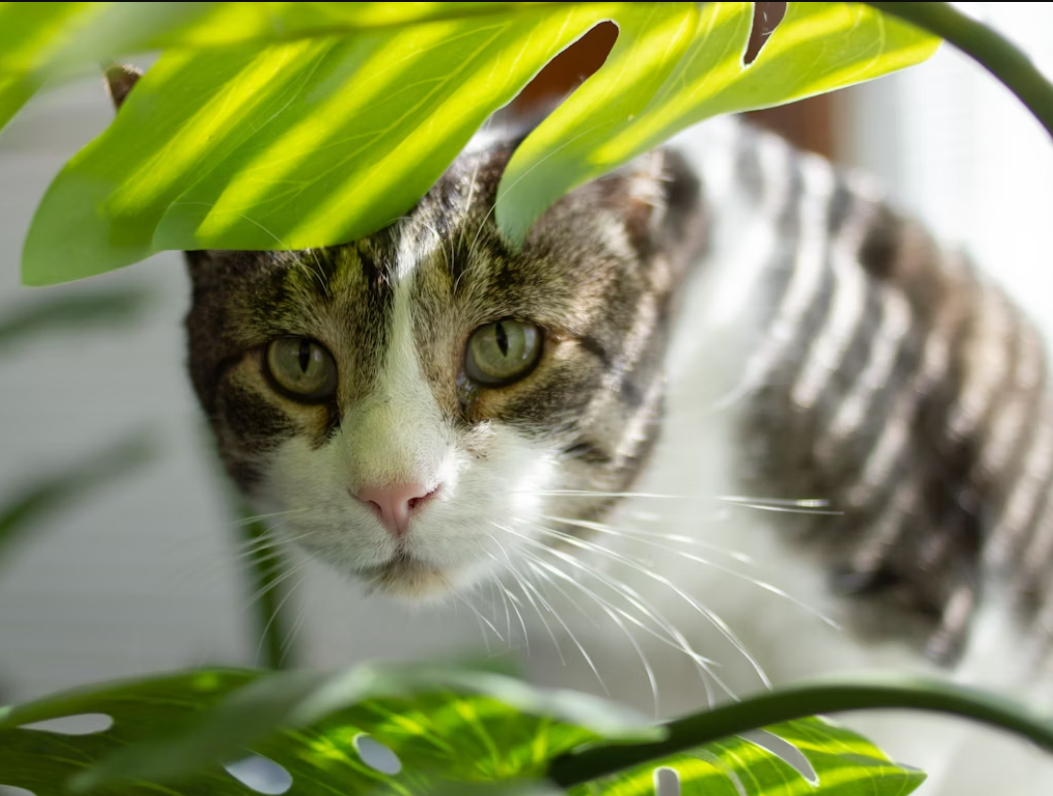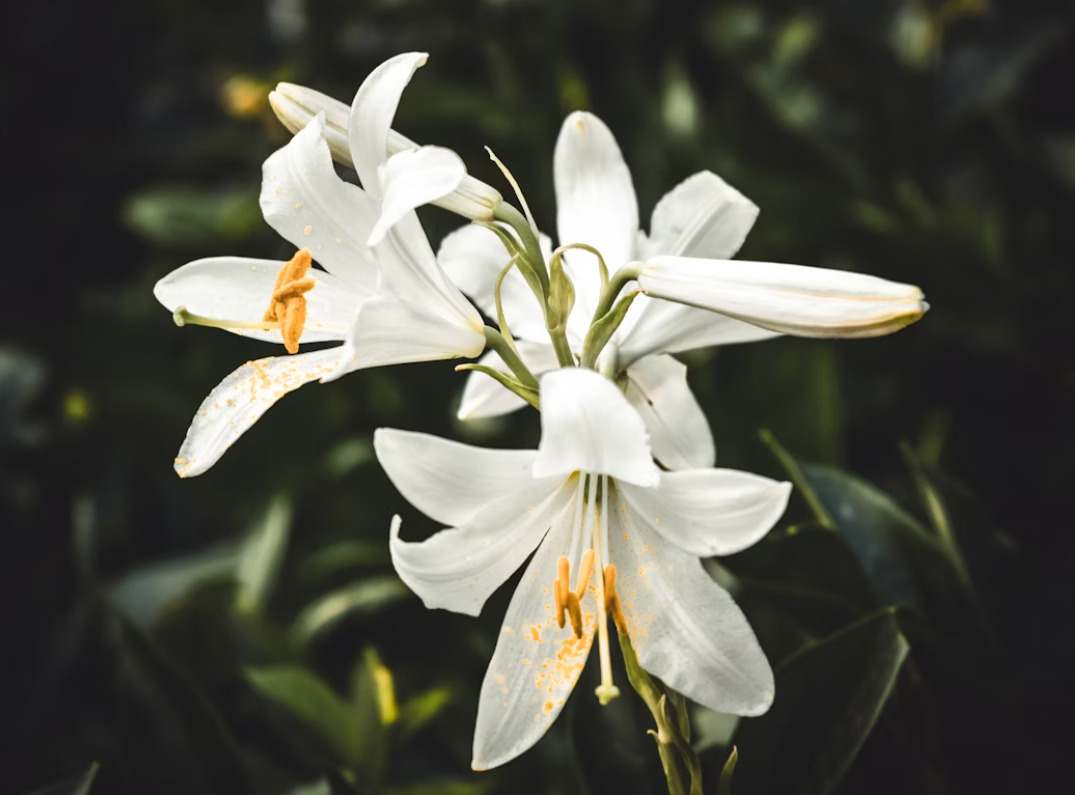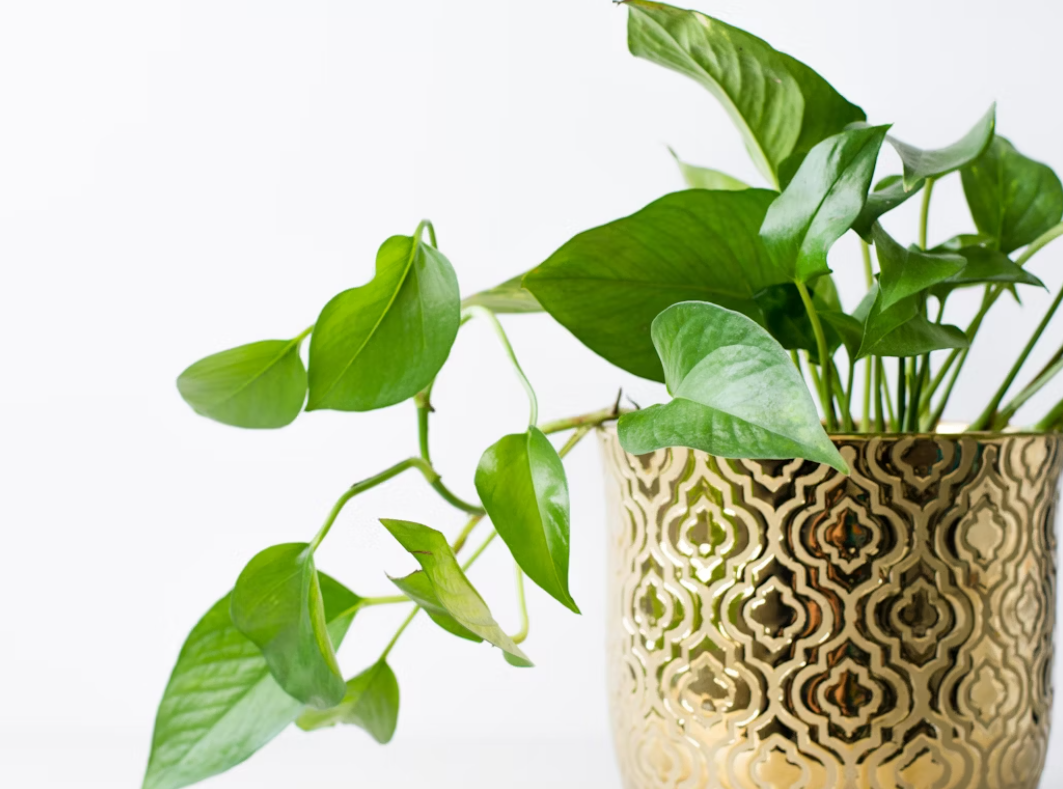10 Toxic Plants to Avoid for Pets
Turns out, some common houseplants are more dangerous than they seem, especially for pets. Even brushing against certain leaves or chewing on a single petal can lead to stomach issues, tremors, or worse.

You bring a new plant home. It looks good, fills the corner just right, and maybe you’ve even read that it’s low-maintenance. A few days later, your dog’s acting strange or your cat’s not eating. You look around and realize the only new thing in the house is that plant.
Turns out, some common houseplants are more dangerous than they seem, especially for pets. Even brushing against certain leaves or chewing on a single petal can lead to stomach issues, tremors, or worse. So before you buy something green, it’s worth taking a closer look. Here are 10 toxic plants for pets you might want to avoid.
1. Sago Palm
The sago palm is a plant that shows up in garden centers and indoor spaces often. But if your pet eats even a small piece (leaves or seeds) it can cause liver failure. It’s one of the more severe plant risks out there.
2. Aloe Vera
Yes, the gel is soothing for skin but the plant itself? Not safe. Aloe can cause vomiting and diarrhea in pets if ingested. That glossy leaf doesn’t seem dangerous, but it doesn’t sit well in their system.
3. Snake Plant
Let’s talk about the snake plant for pets. It’s incredibly popular- you’ll see it in offices, bedrooms, everywhere. But it’s not something you want in a pet-friendly home. The saponins in its leaves can lead to nausea and digestive issues for cats and dogs.
4. Lilies

If you have cats, keep lilies far away. All parts of the lily- flowers, leaves, even the water in the vase, can be toxic. This includes peace lilies and calla lilies, not just the Easter kind.
If you’re ordering flowers and you’re in Massachusetts, it’s better to ask your Bellingham MA florist about pet-safe arrangements. Many florists know which stems to skip.
5. Dieffenbachia
Also called dumb cane, this is another common houseplant. When pets chew it, it can cause intense mouth irritation, swelling, and difficulty swallowing. The reaction can be quick and uncomfortable for them.
Shop House Plants Online
6. Philodendron
Easy to grow, easy to love but not easy on pets. Philodendrons contain insoluble calcium oxalates which can lead to drooling, mouth pain, or worse if your pet chews on them.
Looking for something better? There are plenty of indoor plants safe for pets that offer green without risk. A little research goes a long way.
7. Pothos (Devil’s Ivy)

Pothos is known for surviving anything. But if your cat or dog takes a bite, you’ll be facing symptoms like burning sensations, swelling, and stomach issues. It doesn’t take much to trigger a reaction.
8. Oleander
This one’s more of an outdoor plant, but some people bring it in during colder months. Oleander is toxic from leaf to root. It can affect the heart and nervous system, even in small doses.
9. Azaleas
They bloom bright, and they’re often given as gifts. But azaleas are not pet-friendly. Eating even a few leaves can result in vomiting, diarrhea, and in extreme cases, coma. If someone sends you one through flower delivery in Bellingham, MA, be cautious.
10. English Ivy
It looks nice trailing from a hanging basket, but it’s another one that can irritate a pet’s mouth and stomach. It’s not as deadly as others on the list, but it’s definitely not harmless.
Want greenery without worry? Spider plants are safe for pets and are a great choice. They are hardy, easy to grow, and don’t pose a risk if your pet decides to snack on a leaf. Other good picks include parlor palm, areca palm, and certain ferns.
You can also talk to local experts. If you’re shopping at a flower shop in Bellingham like Brian's Country Greenery Florist, we are familiar with indoor plants that are safe for pets. We can also point you in the right direction- shop on our site today!

